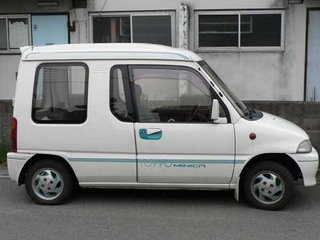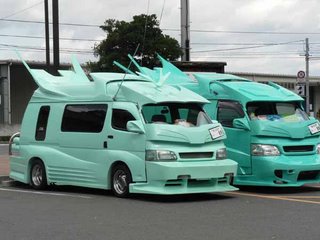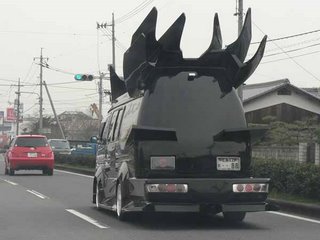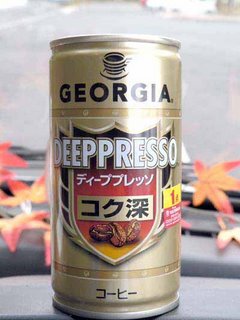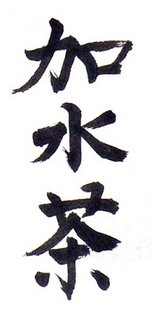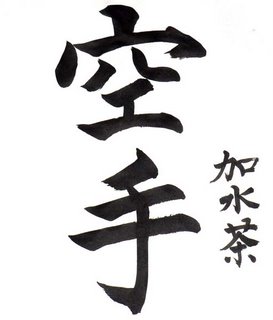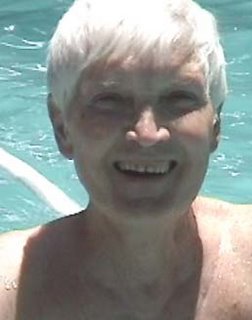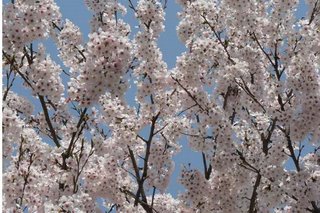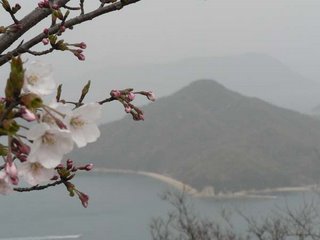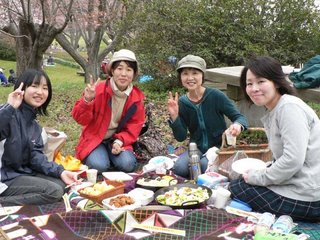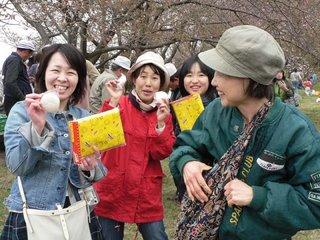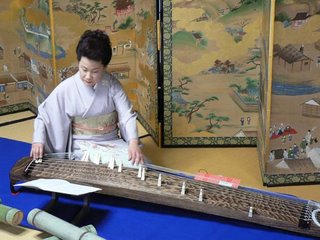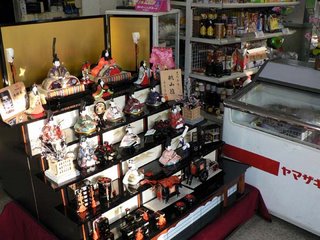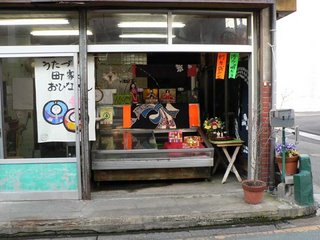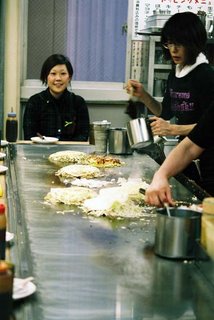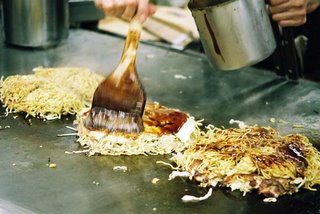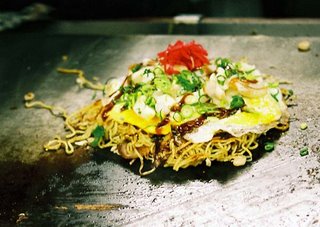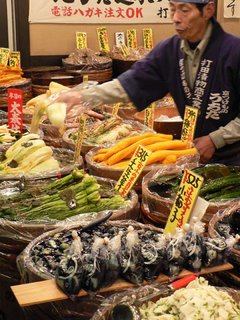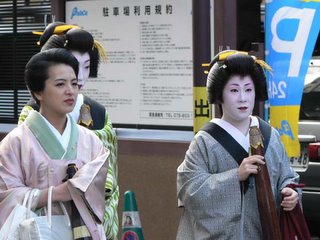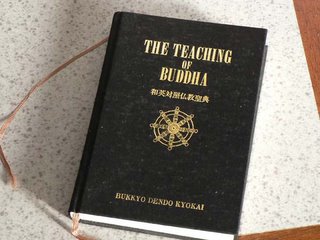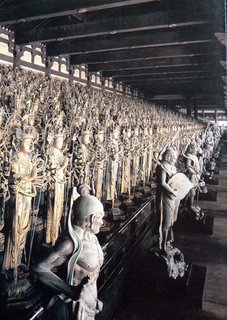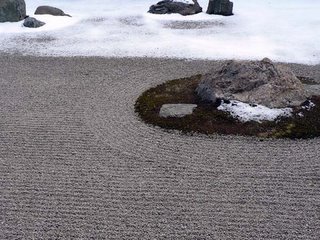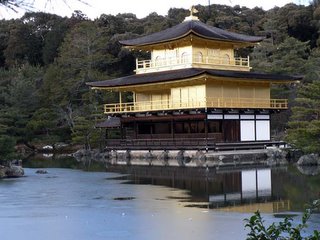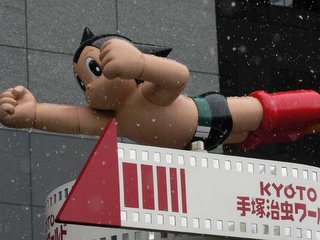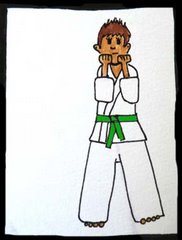A public holiday and my first full day off in several weeks. The first inklings of winter gusted in through the door as I pushed my bike out into the scatterings of rain being harassed by the wind. As we fought against each other on my way to the train station I could see the sky clearing over the sea and sent out a prayer that the weather forecast be right.
Since coming to Japan I have heard many reports of Naoshima; from people travelling through, with the luxury of time that western tourists generally possess. Recently the reports seemed to be more frequent and more outstanding in their praise. I was concerned my hopes would exceed expectations, but at least there was a ferry ride to look forward to, my first time on the sea in much too long.
Naoshima is an island in the middle of the Seto Ohashi Inland Sea. About fifteen years ago a Japanese businessman and art collector, Soichiro Fukutake, asked the famous Osaka based sculptor, Tadao Ando, to collaborate on creating an art retreat. The result is an island devoted to art, where several galleries and museums meld into one against the backdrop of a truly stunning piece of water。
I met two of my students, Yukari and Hisako, at a local train station and we journeyed into Takamatasu together, from where we would catch the ferry. Yukari had organised the complicated itinary, having been to the island many times before, and I was most happy to have such a friendly tour guide. Waiting for the ferry Kevin and I were jumping "waku waku" up and down in excitement; the fever was infectious and it didn't take long before Hisako and Yukari were both equally beamy. I dragged them up on top of the ferry, refusing to sit inside a warm cabin watching TV when there was a perfectly good, icy cold wind to be blasted by. However they didn't share my enthusiasm for long and I soon lost them to the TV. I snuggled deep into my jacket, pulled out my iPod and had a long overdue deep and meaningful with the waves and the sky.
We arrived at the island to be met by a chequerboard of white plastic traffic cones, a recurring theme across Naoshima. Despite all the raves I had heard, I had little idea of what to expect, but was immensely happy to leave all the figuring out to other people, having asked the wind to take away all my preconceptions, hopes and expectations.
We boarded a bus and headed up to the Chichu Art Museum . The first two characters in Japanese mean "earth" and "in" - an underground concrete bunker designed by Tadao Ando that is lit by entirely natural light. The bus dropped us off at a small cafe cum reception, where we were relieved of money and briefed on Chichu etiquette. Then followed a short walk up to the museum itself past a garden that is supposed to represent Monet's impressions of light. Yukari said that everything in the grounds is art, including the leaves artfully dropped by the maples. I asked about the gardeners currently dredging the pond, and their tools and she laughed and said "of course".
The museum itself is inspiring. My favourite work was one of Monet’s waterlily pieces, but to be honest there could have been a picture drawn by a five year old in the frame and I would have been equally impressed - although a la Donald Sutherland I’m pretty into kids masterpieces. The room this particular piece is housed in is all white. The flooring is made up of tiny white square marble tiles and the light filters down through the gap between the walls and the ceiling to be reflected across the room. The result is the most evenly lit exhibition space I have ever seen, no ghastly overhead light reflections to be found here.
